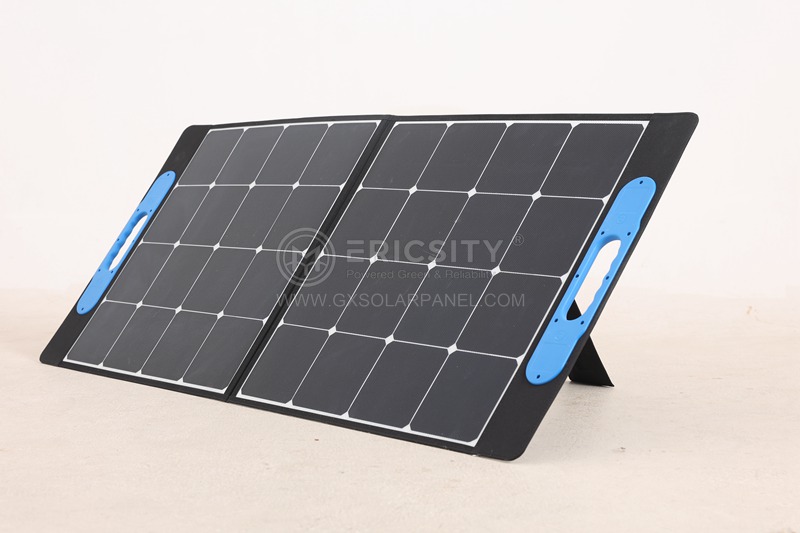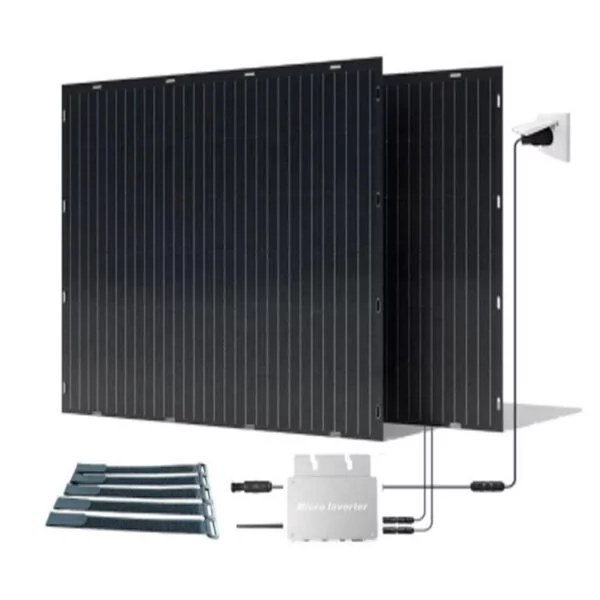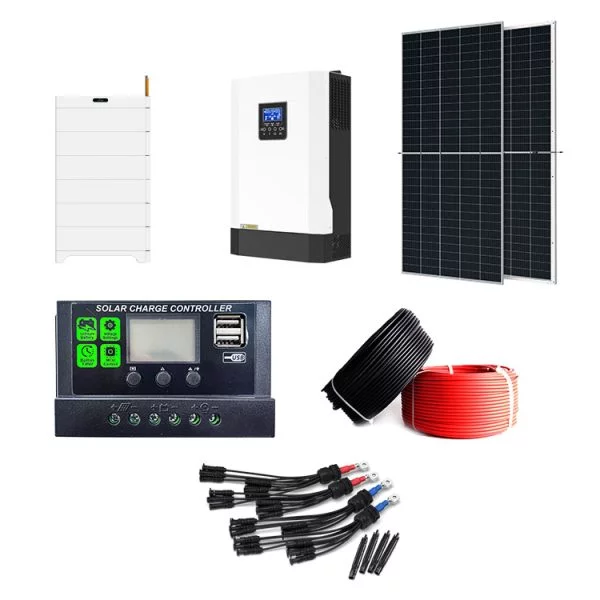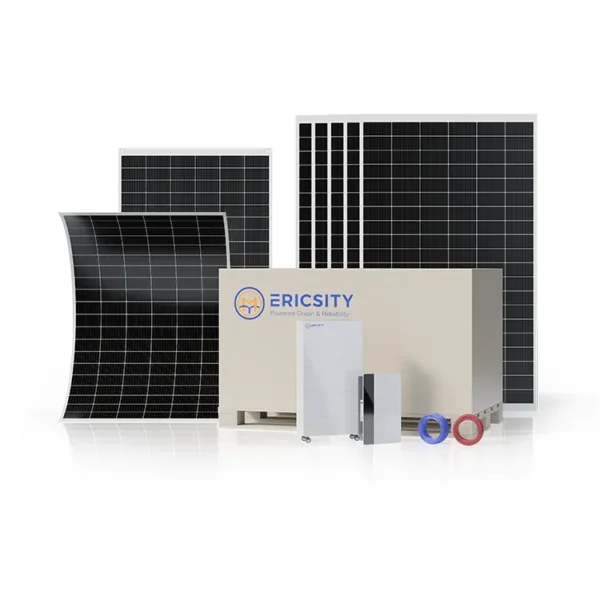HOT PRODUCT
Product Details
The Science Behind Flexible Solar Panels: How They Generate Electricity
The Science Behind Flexible Solar Panels: How They Generate Electricity
Solar power has gained immense popularity in recent years as a renewable and sustainable energy source. Traditional solar panels are rigid and bulky, often limiting their applications. However, with advancements in technology, researchers have developed flexible solar panels that can be integrated into a wide range of surfaces. These lightweight and bendable panels are revolutionizing solar energy production and opening up new possibilities for harnessing solar power.
The core principle behind flexible solar panels is the photovoltaic effect. This phenomenon occurs when certain materials, known as semiconductors, absorb photons from sunlight, which then generate an electric current. In flexible solar panels, thin-film photovoltaic cells, also called thin-film solar cells, are used. These cells consist of multiple layers of semiconductor materials and are designed to be flexible without compromising their electrical performance.
The most commonly used semiconductor materials in thin-film solar cells are amorphous silicon (a-Si), cadmium telluride (CdTe), and copper indium gallium selenide (CIGS). Each of these materials has its own unique properties and benefits. For instance, a-Si is widely used due to its low production costs, while CdTe offers better efficiency, and CIGS provides a higher conversion rate.

Flexible solar panels are typically made using roll-to-roll manufacturing processes. This technique involves depositing thin layers of semiconductor materials onto a flexible substrate, such as plastic or metal foil. The layers are often less than a micrometer thick, allowing for flexibility while maintaining energy conversion capabilities.
When sunlight reaches the thin-film solar cells, the photons penetrate the semiconductor layers and are absorbed by the atoms within. This absorption causes electrons to be released from their atomic bonds, creating a flow of charged particles, or an electric current. The different layers in the solar cell structure help facilitate the separation of these electrons from their respective atoms and the movement of the current.


To harvest this electric current efficiently, metal contacts are placed on either side of the thin-film solar cell. These contacts collect the generated current and transfer it to external circuits for use. The overall electricity produced by the solar panel can be stored in batteries or fed directly into power grids, depending on the specific application.
The flexibility of these solar panels allows for a wide range of applications. For instance, they can be integrated into building materials, curved surfaces, or even wearable devices. This versatility opens doors for solar power generation in areas where traditional rigid panels are impractical or impossible to install. Additionally, the lightweight nature of flexible solar panels makes them ideal for applications that require portability, such as charging small electronic devices or powering remote sensors.
However, flexible solar panels do have some limitations. Compared to traditional rigid panels, they generally have lower energy conversion efficiencies. This means that for the same surface area, flexible panels may produce less electricity. Nevertheless, ongoing research focuses on improving the efficiency of these panels, aiming to make them a more viable alternative to traditional solar technologies.
In conclusion, flexible solar panels are changing the landscape of solar power generation. By utilizing thin-film photovoltaic cells and semiconductor materials, these lightweight panels offer flexibility and versatility, making them suitable for a wide range of applications. While they may have lower conversion efficiencies compared to rigid panels, ongoing advancements aim to enhance their performance. As technology continues to progress, the science behind flexible solar panels will undoubtedly develop further, paving the way for a more sustainable and accessible future powered by the sun.




